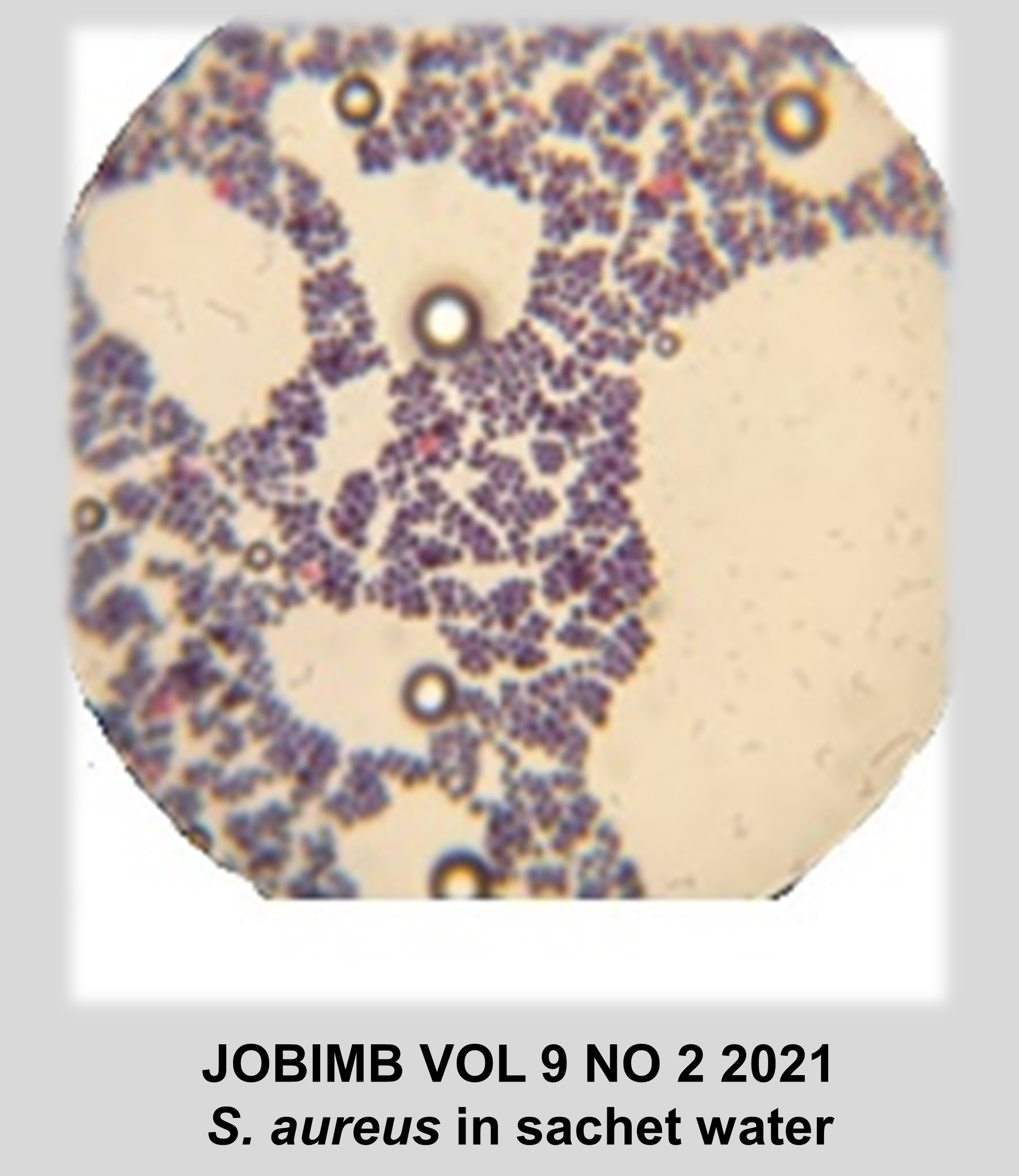Evaluation of Toxicity Effect of Palm Oil Mill Effluent Final Discharge by using Daphnia magna
DOI:
https://doi.org/10.54987/jobimb.v9i2.652Keywords:
POME, Daphnia magna, whole effluent toxicity, Toxicity Identification Evaluation, lethal concentrationAbstract
Palm Oil Mill Effluent (POME) final discharge has a risk to the ecosystem due to various harmful contaminants including organic and inorganic materials. In this study, biological monitoring method was used to evaluate the toxicity effects of POME final discharge using Daphnia magna. The physical and chemical nature of toxicants present in the effluent were characterized through acute Whole Effluent Toxicity (WET), and Toxicity Identification Evaluation (TIE) tests. The Toxicity Unit (TU) and median lethal concentration (LC50) of the POME sample were 11.09 and 9.02% (v/v) respectively. From TIE test, the toxicants present in the effluent can be characterized as filterable and oxidisable through filtration and aeration treatment. The presence of cationic metals, chlorine and disinfection by-products were also determined by the toxicity reduction of the effluent after treatment using ethylenediaminetetraacetic acid (EDTA) and sodium thiosulphate. From TIE test, the filtration treatment at pH 10 of the POME final discharge was the most effective method in reducing the toxicity of the effluent with a value of TU, 1.16 and LC50, 86.34% (v/v). It is recommended that biological tests using Daphnia magna can be made as potential methods to indicate the effects of POME final discharge to the aquatic ecosystem.
Downloads
Published
How to Cite
Issue
Section
License
Copyright (c) 2021 Journal of Biochemistry, Microbiology and Biotechnology

This work is licensed under a Creative Commons Attribution 4.0 International License.
Authors who publish with this journal agree to the following terms:
- Authors retain copyright and grant the journal right of first publication with the work simultaneously licensed under a Creative Commons Attribution License (http://creativecommons.org/licenses/by/4.0) that allows others to share the work with an acknowledgement of the work's authorship and initial publication in this journal.
- Authors are able to enter into separate, additional contractual arrangements for the non-exclusive distribution of the journal's published version of the work (e.g., post it to an institutional repository or publish it in a book), with an acknowledgement of its initial publication in this journal.
- Authors are permitted and encouraged to post their work online (e.g., in institutional repositories or on their website) prior to and during the submission process, as it can lead to productive exchanges, as well as earlier and greater citation of published work (See The Effect of Open Access).



